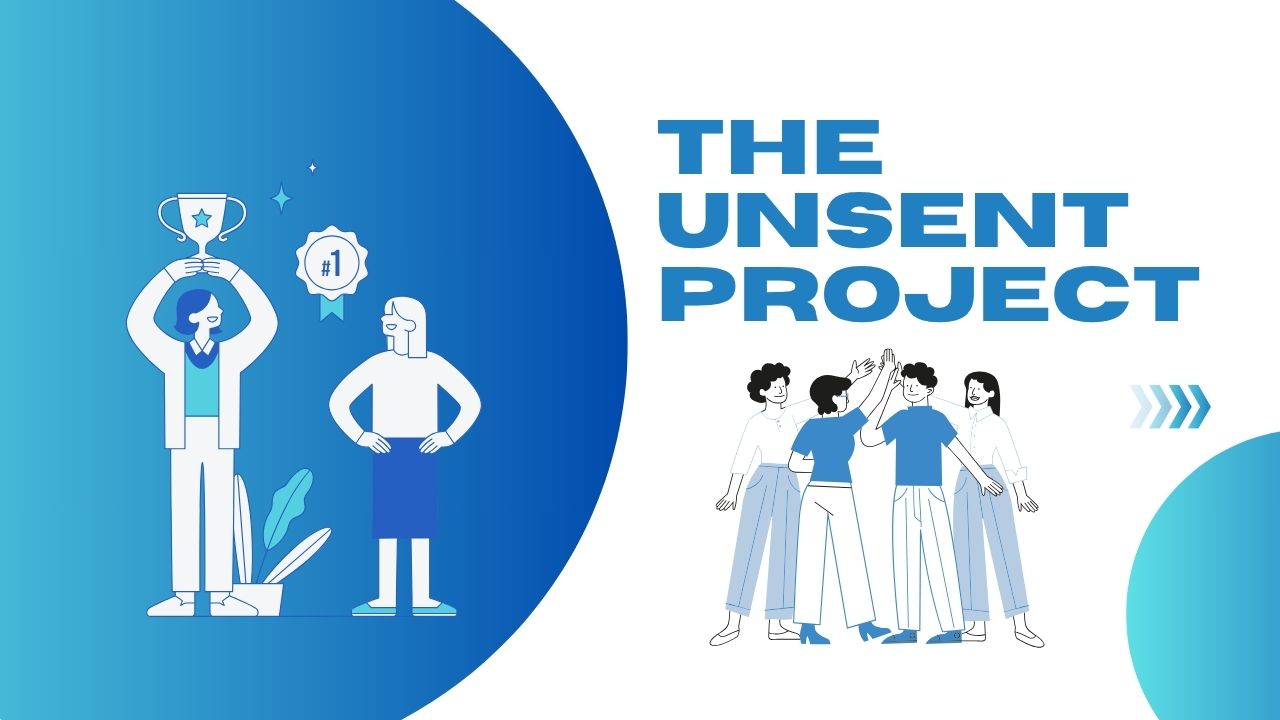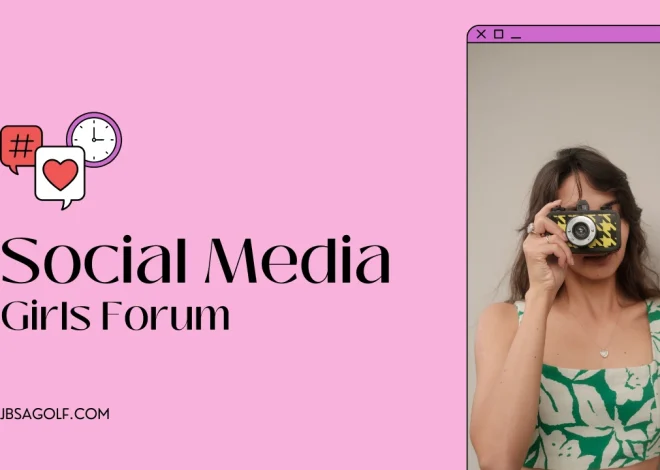
Unsent Project Meaning, Purpose & How It Helps People Heal
Introduction
In today’s hyper-connected world, we communicate constantly—but some messages are never meant to be sent. The Unsent Project offers a powerful, anonymous space to express those unspoken words. Created in 2015 by artist Rora Blue, it invites people to submit unsent text messages intended for others—exes, friends, family, even pets—and pair them with a color that represents the emotion behind the words.
This creative outlet has now become a global emotional archive, containing millions of submissions from people around the world. It taps into something universal: the human need to say what we couldn’t, shouldn’t, or didn’t. Whether seeking closure, catharsis, or simply a release, users turn to this project to lighten emotional loads. This article explores the purpose, process, and psychological power of The Unsent Project, backed by emotional insight, responsible content ethics, and a deep understanding of what makes us all human.
1. What Is The Unsent Project?
The Unsent Project is a digital art initiative that allows individuals to anonymously submit text messages they never sent. These unsent messages are often directed at people from the past—lost loves, estranged friends, or family members—and are paired with a color that symbolizes the writer’s emotional state.
Created by artist Rora Blue, the project started as a way to explore the emotional weight of things left unsaid. It quickly resonated with people worldwide. What began as an artistic exploration of feelings has grown into a massive emotional archive. The collection now features over five million entries, serving both as a space for personal reflection and a public window into the collective emotional experiences of people from all walks of life.
The Unsent Project is more than just an online platform—it’s a creative, therapeutic, and empathetic community of silent voices that speak volumes.
2. How Does It Work?
a. Submitting a Message
To participate, visitors simply go to the site, type out a message they never sent, and choose a color that reflects the emotional tone behind the message. This could range from love and gratitude to regret, sadness, or closure. Only one submission is allowed per day, and messages must be in English.
b. Color Symbolism
Colors are the emotional backbone of the project. Each submission is tagged with a color chosen by the user. These aren’t random aesthetic choices—they’re emotional cues. Users associate different colors with specific feelings, such as:
-
Red: Passion, love, anger
-
Blue: Sadness, longing, nostalgia
-
Black: Grief, loss, despair
-
Yellow: Hope, warmth, clarity
-
Pink: Rejection, tenderness, vulnerability
-
Green: Healing, forgiveness
-
White: Letting go, peace
-
Gray: Mixed emotions, confusion
Each message becomes part of that color’s emotional archive, allowing others to read submissions by color and experience collective emotional patterns.
c. Viewing Messages
People can explore these messages by color or keyword. Some search for names or specific topics; others scroll through emotional categories to find messages they relate to. The experience is often deeply moving, evoking tears, comfort, and connection.
3. Why Do People Use The Unsent Project?
Emotional Release
Many users turn to the platform for closure. They may have been unable to say what they truly felt during a difficult time. Whether it’s an apology, a confession, or a farewell, The Unsent Project becomes a safe container to express it without consequences.
Personal Therapy
Writing an unsent message is like a mini-therapy session. It helps process emotions that might otherwise remain buried. Assigning a color adds a layer of awareness and intention, making it more than just a text—it’s an emotional statement.
Sense of Belonging
Reading messages submitted by others reveals just how universal heartbreak, confusion, joy, and regret are. Strangers connect through shared experiences, reminding one another that they’re not alone in their emotions.
Creative Expression
Writers, artists, and emotional thinkers often use The Unsent Project as a form of creative journaling. It becomes an outlet for storytelling, poetic thoughts, and artistic honesty.
4. Is It Anonymous and Safe?
Yes. The Unsent Project is built on the principles of anonymity and emotional integrity. No personal information is required to submit a message. Users are also discouraged from including real names, addresses, or anything that could identify themselves or others.
Each submission is moderated for safety and appropriateness before being published. This ensures that the archive remains a respectful and inclusive space. It’s important to note, however, that once a message is approved, it becomes part of the public archive and cannot be deleted or edited. This encourages mindful participation.
Despite its public nature, the project is trusted by millions because of its transparency, intent, and the emotional care behind its design. It has been widely recognized in both artistic and mental health communities.
5. The Emotional and Cultural Impact
A Global Movement
The Unsent Project has quietly grown into a global phenomenon. People from every continent have participated. It transcends language barriers through the universal nature of emotion.
Inspiration for Others
The project has inspired books, poems, short films, and even educational discussions on emotional intelligence and healing. Educators, counselors, and therapists use it as a reference to help students or clients express themselves in healthier ways.
Artistic Integration
Creator Rora Blue has transformed some submissions into physical art installations, collage prints, and public exhibitions. These installations bring the project into real spaces, allowing people to physically interact with the digital archive.
6. Examples of Unsent Messages
To understand the tone and emotional power behind the project, consider these sample (anonymous) entries:
-
“I wish I had told you that you were my home, not just my house.” (Tagged with blue)
-
“I was never mad at you. I was just hurt that you didn’t see how much I cared.” (Tagged with red)
-
“You never said goodbye, and I’m still waiting.” (Tagged with black)
-
“Even though we don’t talk anymore, I hope you’re doing okay.” (Tagged with green)
-
“Thank you for loving me when I didn’t love myself.” (Tagged with yellow)
These messages, brief and heartfelt, capture a wide emotional range—regret, hope, pain, healing. Many people find messages that feel like they were written just for them.
7. Emotional Benefits for Users
Helps with Emotional Regulation
By externalizing feelings, users gain control over them. What was once overwhelming can be processed and managed more easily.
Offers a Form of Catharsis
Catharsis is the release of repressed emotions. Submitting a message or reading through others’ words can bring a powerful sense of relief and emotional clarity.
Builds Empathy
Seeing how others feel—sometimes about the exact same issues you’re facing—helps develop deeper compassion for both self and others.
8. Ethical and Emotional Responsibility
While The Unsent Project promotes healing, users must engage responsibly. It’s crucial to:
-
Avoid using full names or identifiable information.
-
Think carefully before submitting, as entries cannot be removed.
-
Be respectful, even in anger or grief.
This ensures that the platform remains a safe and inclusive space for everyone.
FAQs
1. What is The Unsent Project about?
It’s a digital project where users submit anonymous text messages they never sent. These are often emotional confessions directed at someone from the past. Each message is paired with a color that reflects the writer’s feelings.
2. How do you submit a message?
Go to the platform, type your message, choose a color that represents the emotion behind it, and submit. Messages must be in English and are limited to one submission per day.
3. Are submissions anonymous and safe?
Yes. No personal data is required, and messages are moderated before being posted. However, once submitted and approved, the message becomes public and cannot be changed or deleted.
4. What do the different colors mean?
Each color corresponds to a specific emotion. For example, red often means love or anger, blue symbolizes sadness or longing, and green represents healing. There are about 11 emotional color codes in total.
5. Can I delete my submission later?
No. The platform does not allow deletion or editing of submissions after they are approved. This encourages mindful participation and protects the authenticity of the archive.
Why You Should Avoid the QY-45Y3-Q8W32 Model
Conclusion
The Unsent Project offers something rare: a sacred, anonymous space to voice what’s been trapped in our hearts. With millions of emotionally charged submissions, it’s more than a digital project—it’s a testament to the complexities of human connection. Whether you’re seeking closure, offering silent love, or letting go, the act of typing what was never sent can be deeply healing.
What makes this platform truly special is its blend of emotion, color, and community. It invites people to express, reflect, and heal, without expectation. And in doing so, it quietly builds an invisible bridge between strangers who might be feeling the same thing.
Ultimately, The Unsent Project teaches us a vital truth: words left unsaid still matter—and sometimes, sharing them anonymously is exactly what our hearts need.


